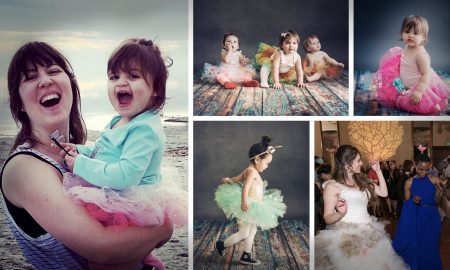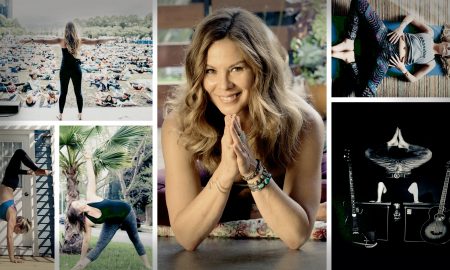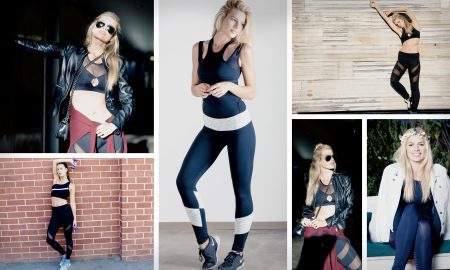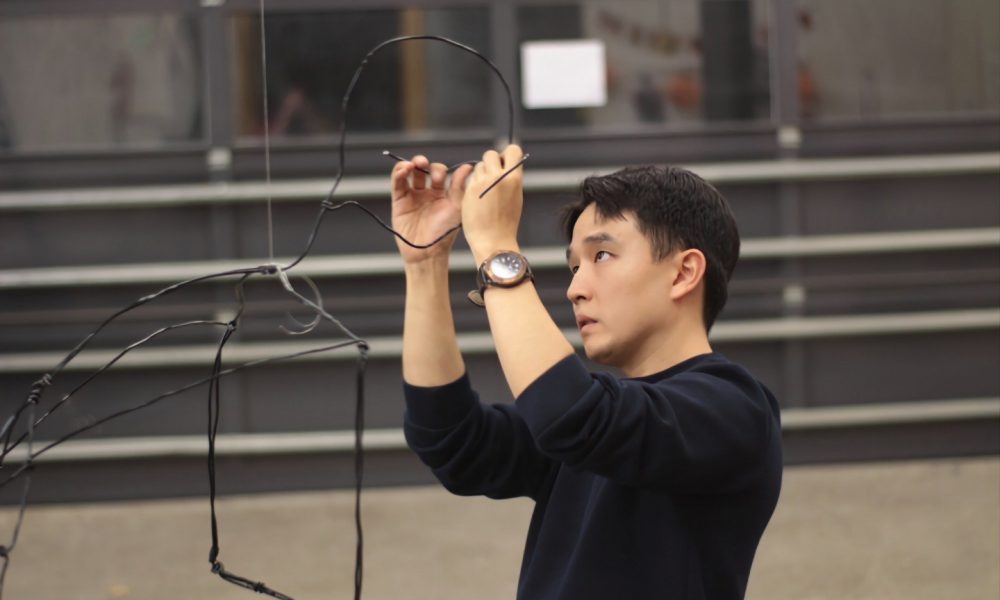

Today we’d like to introduce you to Chang Il Kim.
Hi Chang Il, please kick things off for us with an introduction to yourself and your story.
My art initially began with a primal enjoyment of the act of sculpting myself. The main style of my art has been to depict in sculpture my favorite animals, their movements, and the inherent innocence they possess. While completing my undergraduate studies in art in South Korea, I began to continue to develop my own skills and methods of depiction. My favorite materials were wire and other linear materials. I was very interested in not only animals but also the realization of my drawings, so I was very much into what is commonly known as ‘air drawing’. I created a series of works combining ‘air drawing’ and ‘depiction of animals’, and fortunately, they were well received by people, which allowed me to participate in various exhibitions and art fairs in South Korea. After graduating from undergrad, I was accepted into the Rinehart School of Sculpture MFA program at the Maryland Institute College of Art, which was the beginning of my journey in the United States. During the MFA program, I met and interacted with a wide variety of people. Critiquing and discussing each other’s art opened my eyes to things I hadn’t thought of, and getting advice from visiting artists helped me expand my artistic horizons. I am currently graduating from an MFA program and starting another artistic journey at the Joshua Tree Highland artist residency.
Alright, so let’s dig a little deeper into the story – has it been an easy path overall and if not, what were the challenges you’ve had to overcome?
It hasn’t been easy for me to take what I’m good at and love and make it my life’s goal. I’ve always struggled to make my work better than it was before, and it’s been hard when I’ve hit a wall, but most of all, I’ve had endless questions about whether the path I’m on is the right one, whether I’ve made a good choice. I think that’s something that people in the art world, myself included, struggle with more than most. It’s a question that hasn’t been answered for me to this day, but I realize that it’s my job to keep moving forward and not to doubt myself. Narrowing it down to my experience in the U.S., as is often the case with international students, I was initially not used to communicating and living in English, which is not my native language, so there were many unknowns and times when I felt overwhelmed. So I had to adapt to the US by asking and looking more often. It’s better now than it used to be, but I still feel like I have a lot to learn and master in this country.
As you know, we’re big fans of you and your work. For our readers who might not be as familiar what can you tell them about what you do?
My work mainly deals with the transformation between dimensions. I usually use linear materials such as wire to show the transition between two and three dimensions. Taking the concept of “lines gathering to form faces, and faces gathering to form objects” as a reference point, my main goal is to simultaneously show the “limitations and constancy of reality” represented by the three-dimensional sculptures and the “infinitely changing things in a state before they are realized” through the movement of countless lines and faces representing the two dimensions. In addition to this, I have done a lot of work with wire, depicting objects in two and three dimensions. The models are mainly animals, and depicting their unique images and movements is another style of my work. Especially with line work, it’s not just about the artwork; it’s also about the empty space within the artwork. The white space and lines in the work need to be in harmony to create the perfect balance. It’s like the concept of “white space” in Oriental painting.
Do you have any advice for those just starting out?
I think it’s really important to find out what you’re good at and what you can continue to do, so to speak. I think it’s important as an artist to strengthen the things that you’re more efficient at compared to others and then build on that to establish your own style in the world. For me, the first time I was introduced to the wire as a material was in my sophomore year of college, when I experimented with it and realized that it worked well for me, and I combined it with my main interests, animals and nature, to create various artistic endeavors. I think the sculptures I made from then on laid the foundation for my unique artistic world today.
Contact Info:
- Website: https://www.changilkim.studio
- Instagram: https://www.instagram.com/kim_chang_il36/
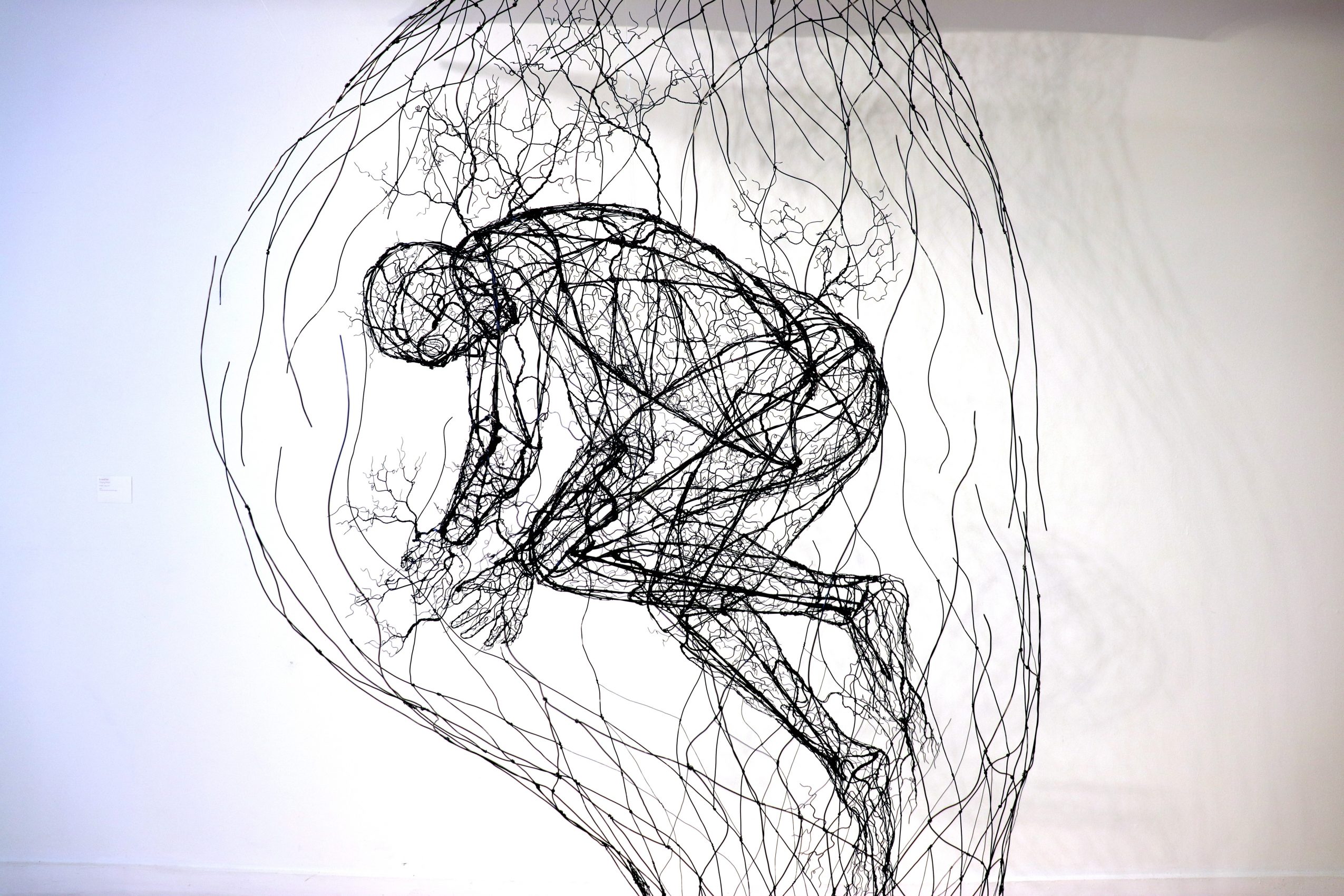
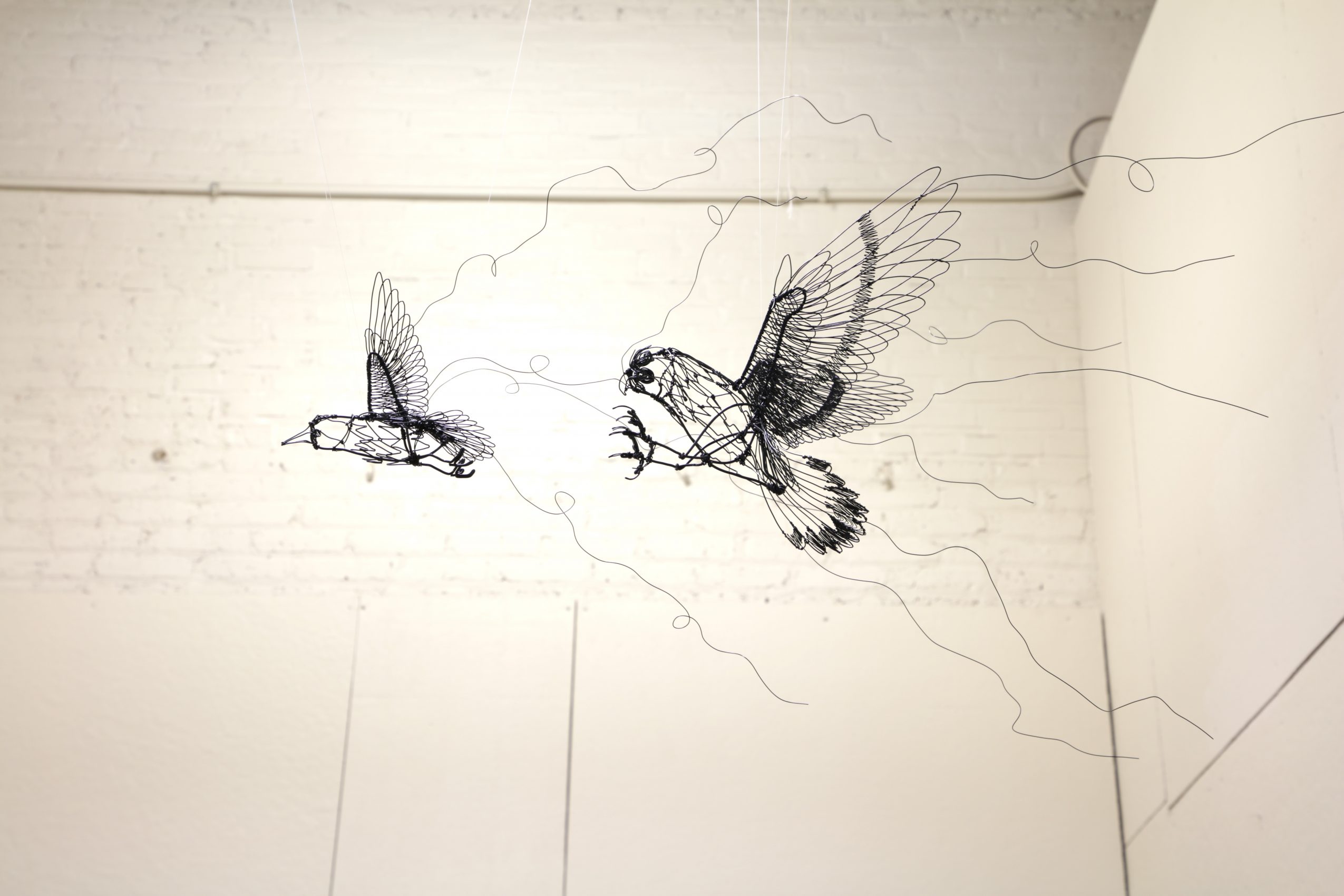
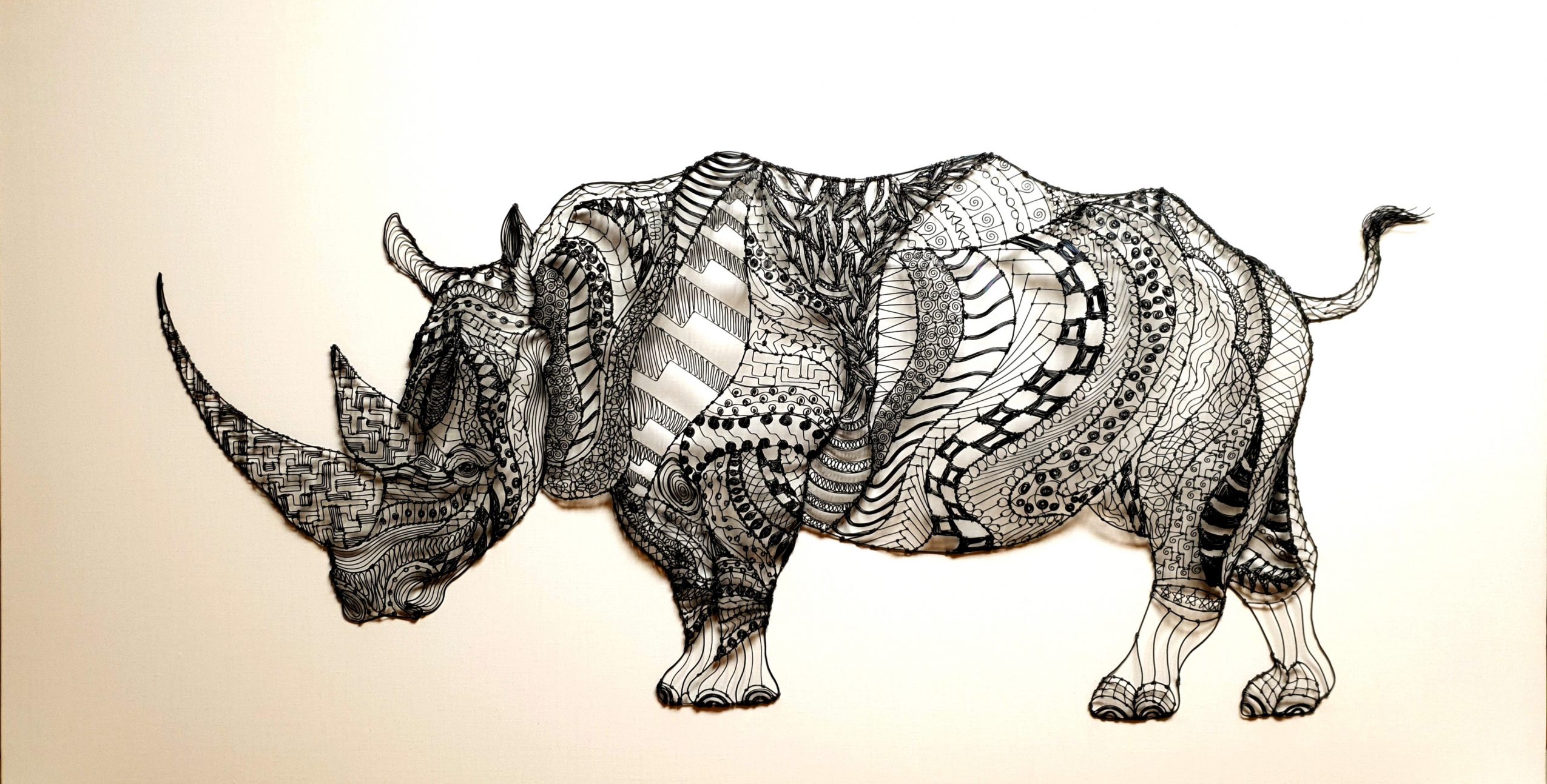
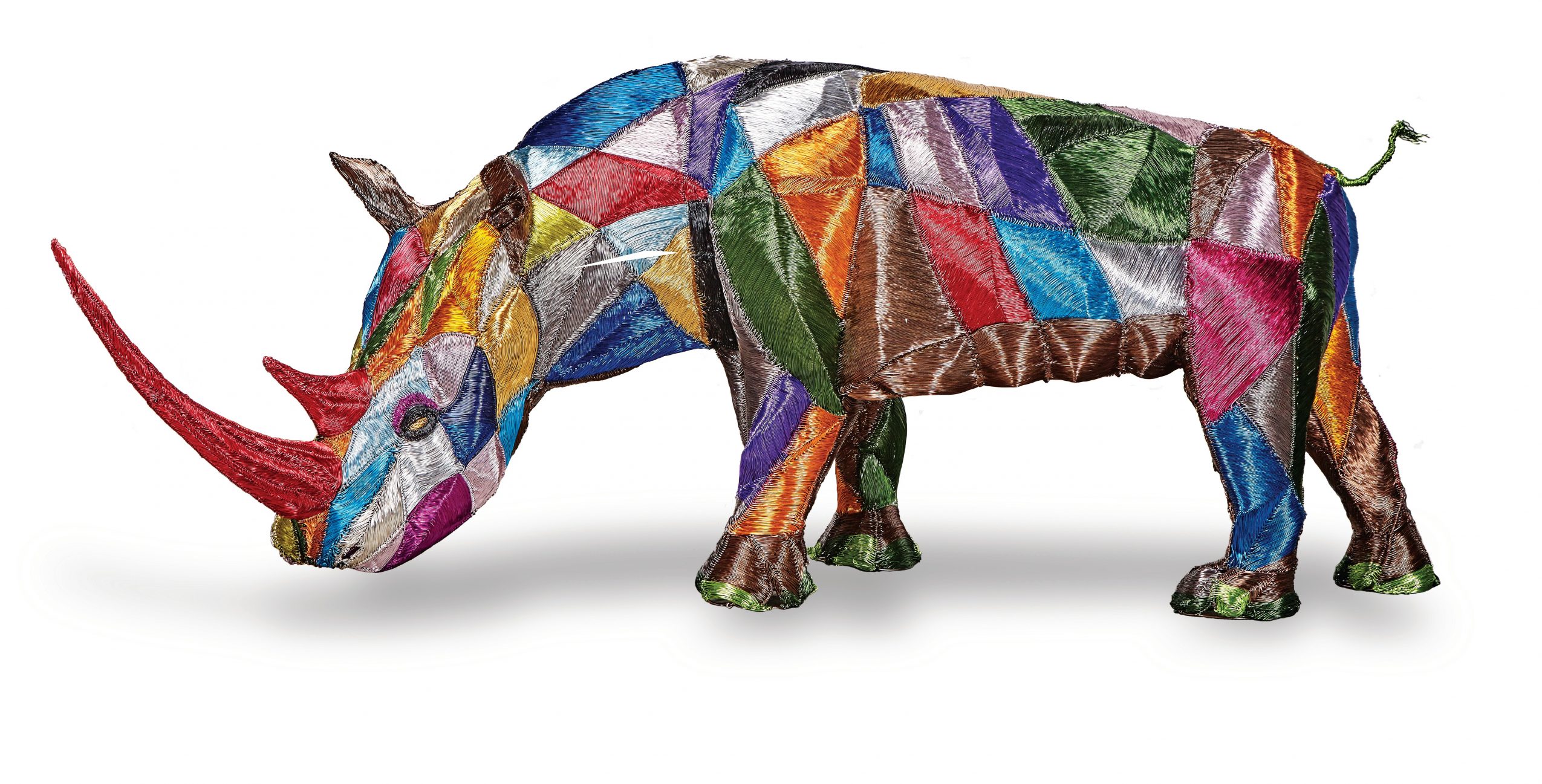
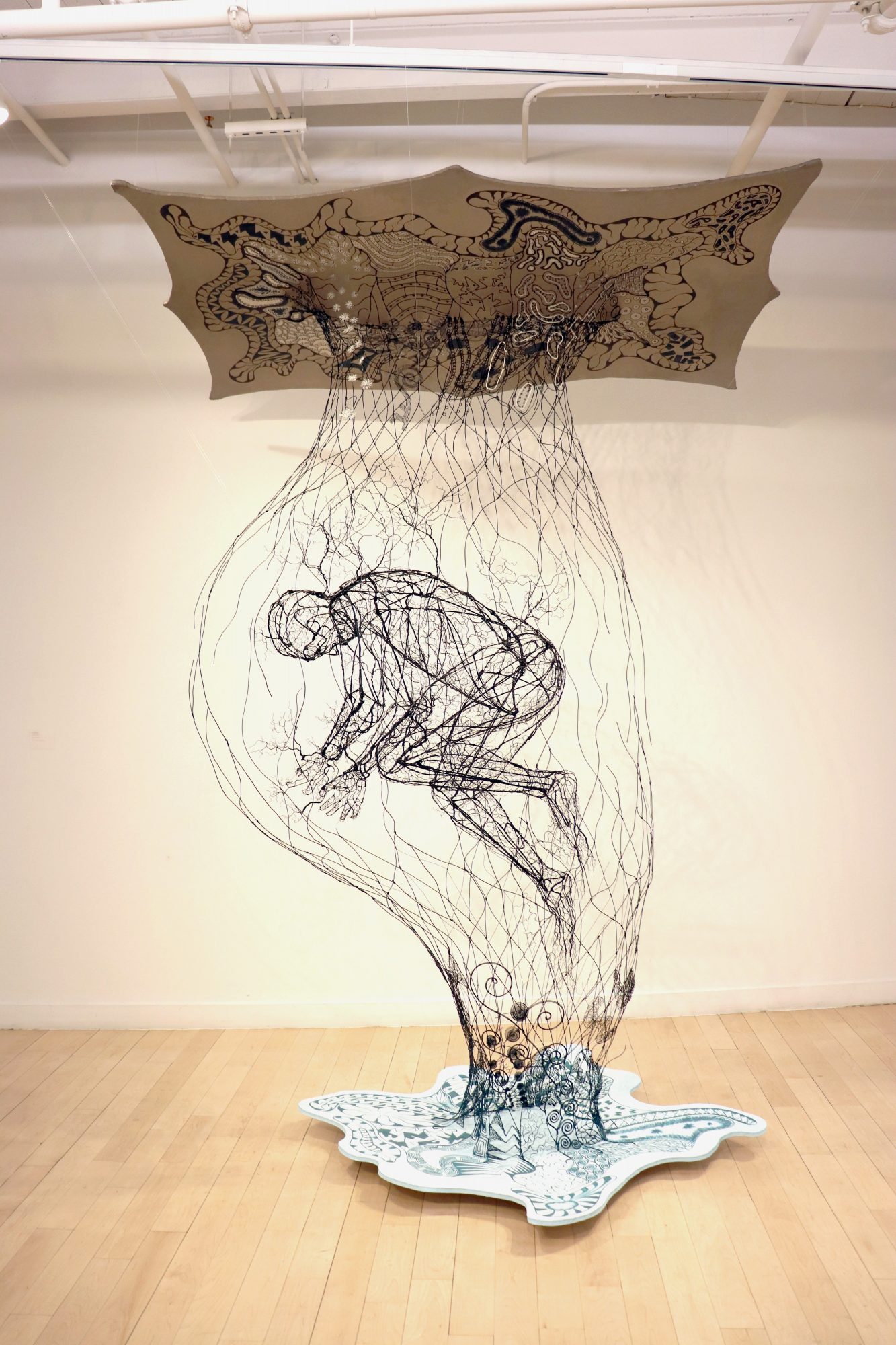
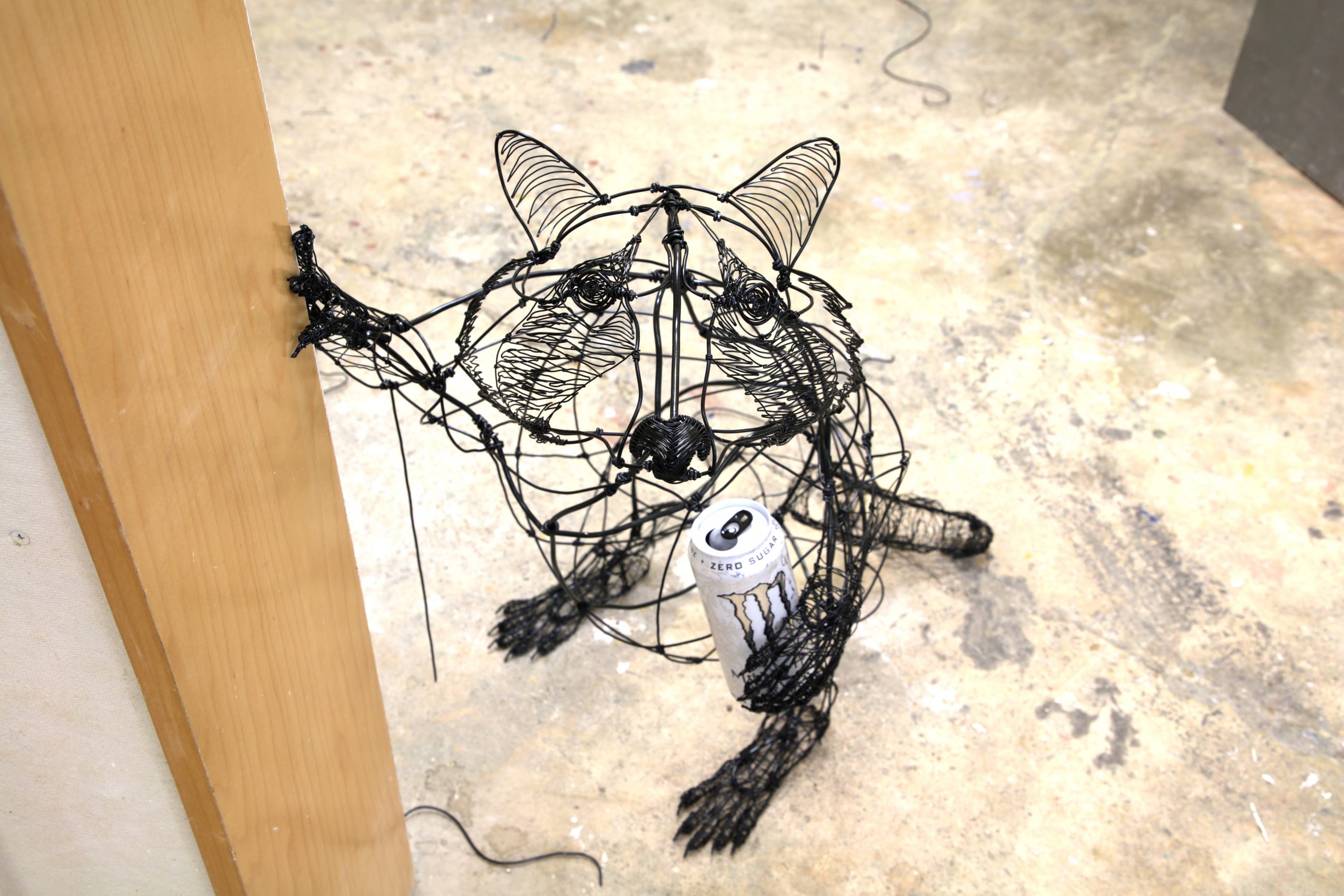
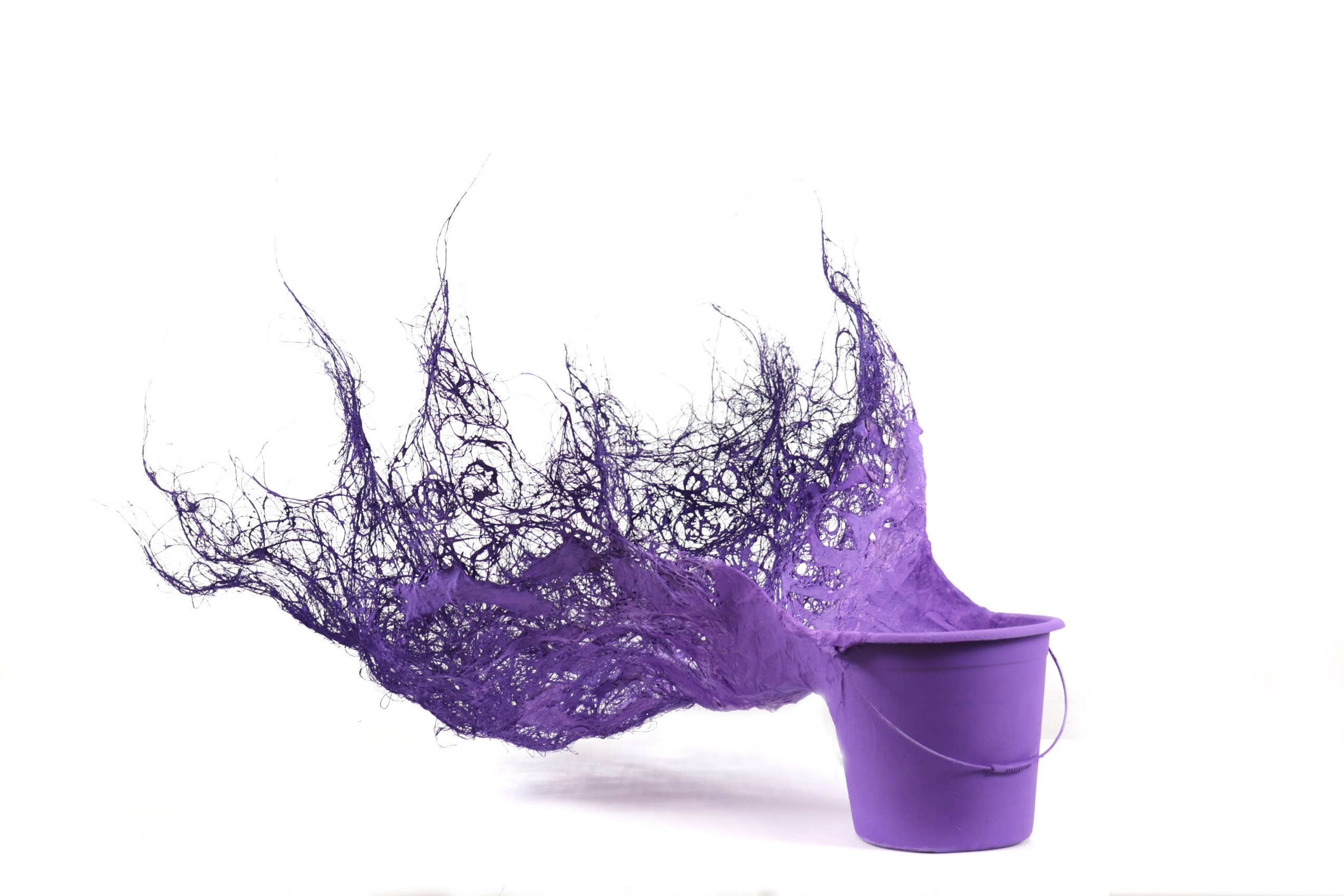
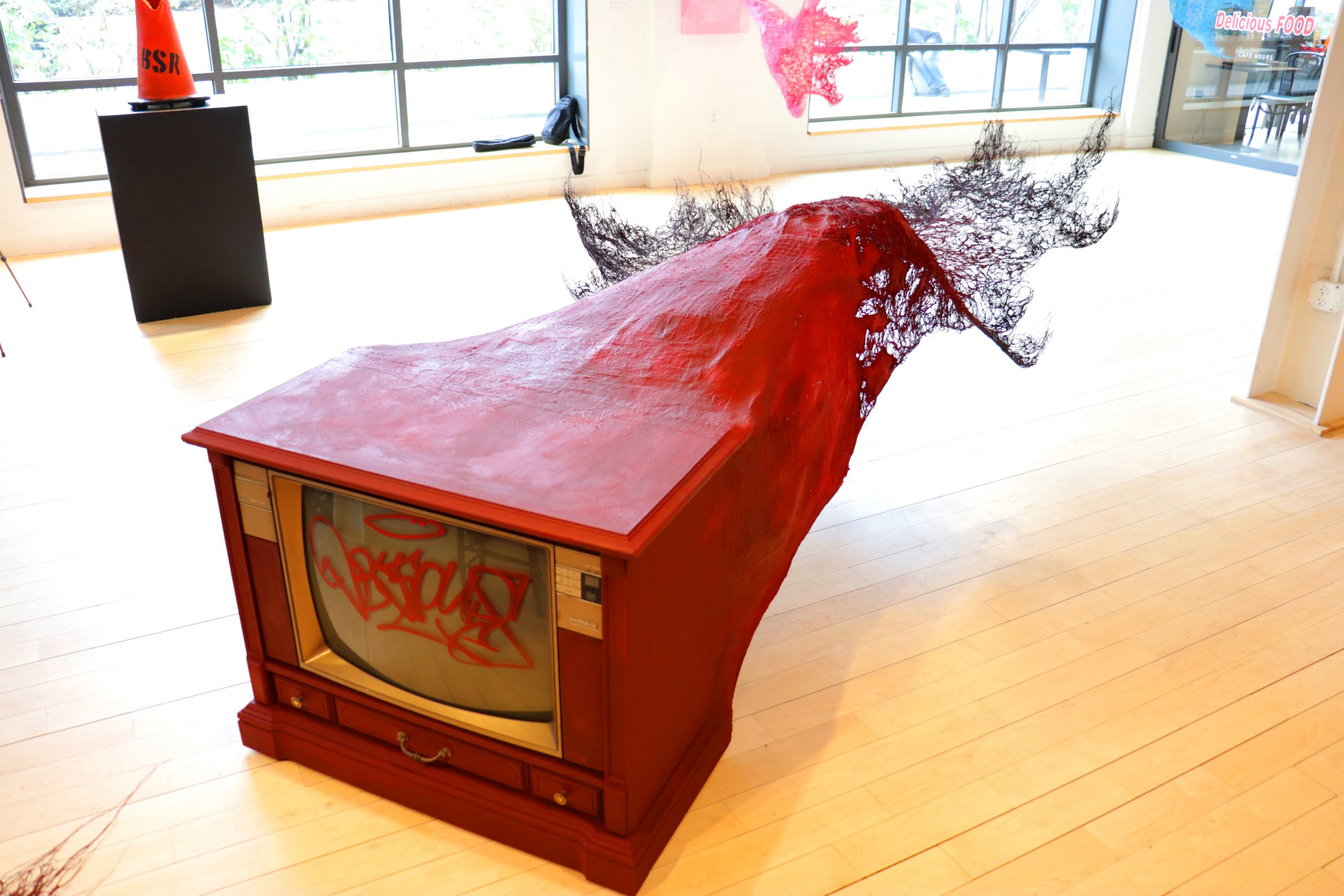 Image Credits
Image Credits
1. Limbo – (bucket, aluminum wire, modeling paste, acrylic paint, twine, plaster band / Spring 2023) 2. Limbo – (TV, aluminum wire, modeling paste, acrylic paint, twine, plaster band / Spring 2023) 3, 4 – In and Out – (Canvas, Aluminum Wire, Acrylic paint / Variable Installation / Fall 2022) 5, 6 – Intruders – (Aluminum Wire / Spring 2022 / Variable Installation) 7. Beautifully, Proudly – (250 × 80 × 90cm / Aluminum Wire, Annealing Wire / 2017) 8. Stuffed Beauty – (154 x 83cm / Wire on Canvas, Acrylic / 2020)


